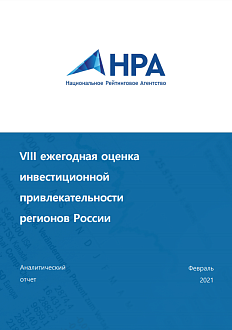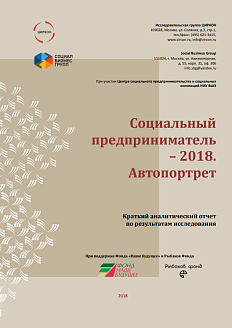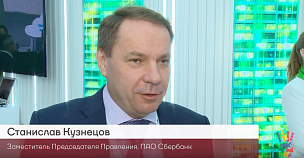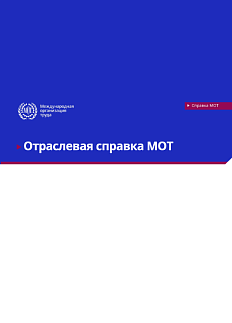In this publication, Citi considers global economic recovery scenarios and forecasts the shape and duration of post-COVID-19 rebound in various industry sectors. For the purpose of this research, sectors are segmented in terms of «play» and «work». The former are «unstructured» activities that are poorly amenable to social distancing, while the latter are «structured» and more conducive to continued operation with social distancing.
The Roscongress Foundation presents the salient points of the publication accompanied by fragments of broadcasts of relevant panel discussions from the business programme of international events held by the Roscongress Foundation.
Travel, hotels and restaurants, arts and entertainment, and retail trade, being «play» sectors, are the most vulnerable to adverse effects of social distancing and economic recession.
Citi’s base-case scenario suggests that sectors associated with «play» are likely to have deeper downturns and potentially take longer to achieve their pre-COVID-19 levels of growth. The sectors that are the most discretionary and in which it is more difficult to effect social distancing include hotels and restaurants; air travel; arts, entertainment, and personal services; and wholesale and retail trade. Citi’s forecasts suggest that these four sectors are likely to experience steep declines in activity in the second quarter of 2020. According to Citi, air transportation and entertainment might collapse by 5.8% year-on-year in 2Q 2020, while hotels’ and restaurants’ gross value added might fall by as much as 16.4% in the same quarter.
Citi’s worst-case scenario assumes four simultaneous shocks that induce a decline in global growth. Those four shocks include (1) a deterioration in confidence; (2) a collapse in travel and tourism; (3) a dive in financial market valuations; and (4) a plunge in oil prices. This extreme scenario for air transport and for retail & wholesale trade suggests a failure to return to the pre-COVID-19 growth trend, or an L-shaped recovery.
Financial services, business services, and high-tech manufacturing are more conducive to contingent operations and/or social distancing, which will enable them to return to their pre-coronavirus levels sooner.
The more «structured» activity sectors, or «work» sectors, include financial services, business services, and high-tech manufacturing. The nature of these industries likely renders them more conducive to contingent operations and/or social distancing. Indeed, many financial sector firms were able to establish work-from-home protocols that allowed continued operation during the crisis. Regarding high-tech manufacturing, once social mobility restrictions are lifted regionally, workers likely can be socially distanced from one another in sanitary environments. Citi’s base-case scenario suggests that sectors characterized as «work» may have shallower downturns and return to their pre-coronavirus levels sooner.
Under the worst-case scenario, return to pre-coronavirus level of activity in these sectors would likely occur by the ninth quarter, and the trough growth rates would be deeper (-5.3% for financial services, −6.1% for business services, and −9% for high-tech manufacturing).
Manufacturing may also suffer deep contractions in growth and lengthy recovery periods, largely due to the diversity of subsectors and the outsized contributions of two hard-hit regions to global factory sector growth.
Although manufacturing clearly falls into the category of «work» industries, it may also behave more like «play» sectors.
Citi forecasts that manufacturing gross value added (GVA) will drop in the second quarter of 2020. Under a negative scenario, manufacturing will suffer a −8.2% contraction in growth year on year in the trough quarter and will have a lengthy recovery time at eight or more quarters before achieving the pre-shock level of GVA.
Manufacturing may be an exception to the rule due to the diversity of subsectors (some of which, like automotive and aerospace, may struggle to rebound) and the outsized contributions of two hard-hit regions to global factory sector growth.
For more information about possible ways to stabilize the economy during a pandemic, please see the StayHomeEconomyspecial section of the Roscongress information and analytical system, and the Industrial Diversification and Entrepreneurship sections about the development of manufacturing and entrepreneurship.






